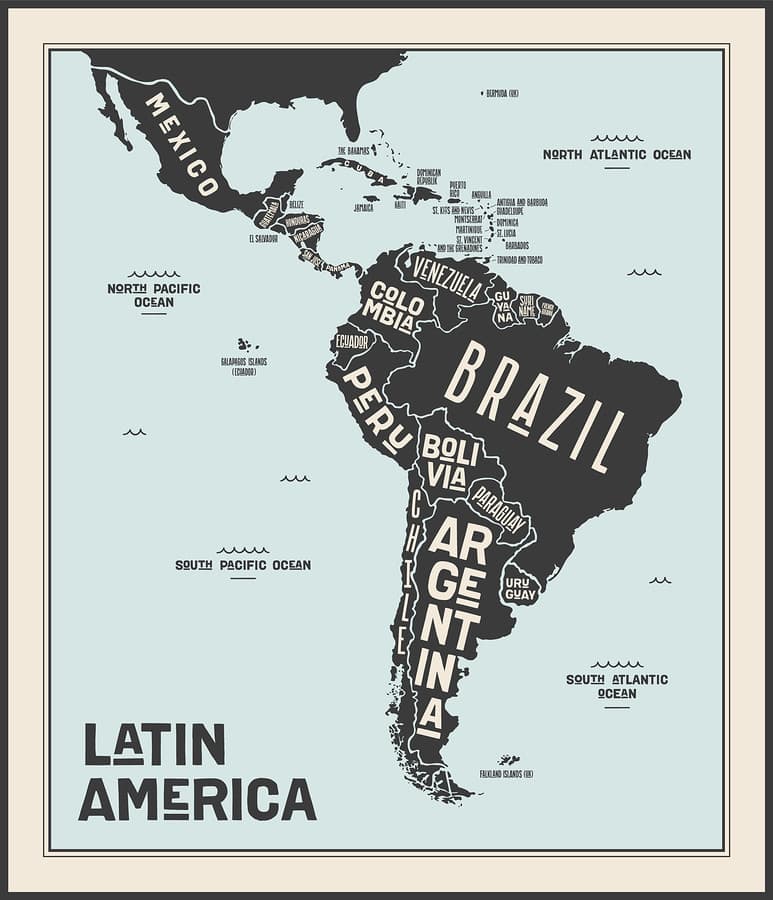Throughout our professional career, we’ve worked with global companies that have demonstrated that they weren’t truly global by how they did — or attempted to do — business in Latin America (LATAM). That’s because many organizations failed to understand that their usual processes do not flow as smoothly in LATAM as they do in their first-world countries.
Often, companies do not account for differences related to various cultures, levels of access to technology, country-specific restrictions, or even language when dealing with LATAM. Nevermind that we’ve seen numerous businesses that mistakenly viewed LATAM as one big “country” in which people work and think alike.
Of course, the idea that LATAM as a homogeneous region could not be further from the truth.
Culture & Language — Subtle but Important Differences
As Latinas, we understand and see the differences clearly, which has aided us in our careers in talent acquisition, particularly as we have helped organizations successfully launch TA programs in the region.
For example, when attending meetings, we take into consideration a country’s language and culture to know how to treat a client, since some countries are more informal than others when it comes to business. When working with clients in Chile, Colombia, or Venezuela, for instance, we speak in the third person to show respect, while places like Argentina, Uruguay, or Mexico allow for greater informality.
Culture Access to Technology — It May Be Different Than In Your Country
But it takes much more than accounting for language distinctions to align TA processes with technology. It’s also important to consider location-specific cultural needs and traditions.
For instance, just because it is very easy for people in numerous parts of the world to access the web on their phones or computers does not mean that every person in LATAM can easily do the same. The use of the internet in LATAM has exponentially increased over the years, but we nonetheless still rank as the fourth largest regional online market after Europe and Asia. Only 73% of the population has internet access. Understanding this situation is essential to tailoring a process that is both manual and online, depending on location and role.
Legal Rules — or Flirting With Disaster
Likewise, it’s important to take into account that each country has different regulations and requirements when drafting processes. Take unions. They play a critical part when building global recruiting processes. In our experience, many blue-collar positions are unionized, which means that unions, not the company doing the hiring, often manages the hiring process.
We learned this the hard way when implementing one of our first projects in LATAM in 2010. A manufacturing company implemented RPO globally for all position levels, and LATAM was the last phase to be implemented. The manufacturer expected that LATAM would follow the global process, but this quickly became a problem — one exacerbated by the fact that the entire process has already been designed and the recruiting team had already been contracted based on expectations for high-volume hiring.
Once the project went live, most of the blue-collar positions had to be removed because the unions associated with these jobs did not agree to the process. Consequently, the recruiting team had to be restructured, the process had to be adapted, and inevitably, the finances of the RPO client took a hit because the number of hires decreased significantly. This was a major lesson learned for future LATAM contracts.
Or take people with disabilities. Many countries in LATAM, such as Brazil and Mexico, have very tough laws with quotas to fill for this type of hire. Other countries, such as Argentina, do not have any laws regulating diversity hiring. Considering such differences of hires is important when drafting the sourcing strategy and engaging different organizations to work with.
All of which is to again underscore that it’s crucial to consider differences in culture, technology access, and laws when doing business in LATAM — or anywhere, for that matter.
